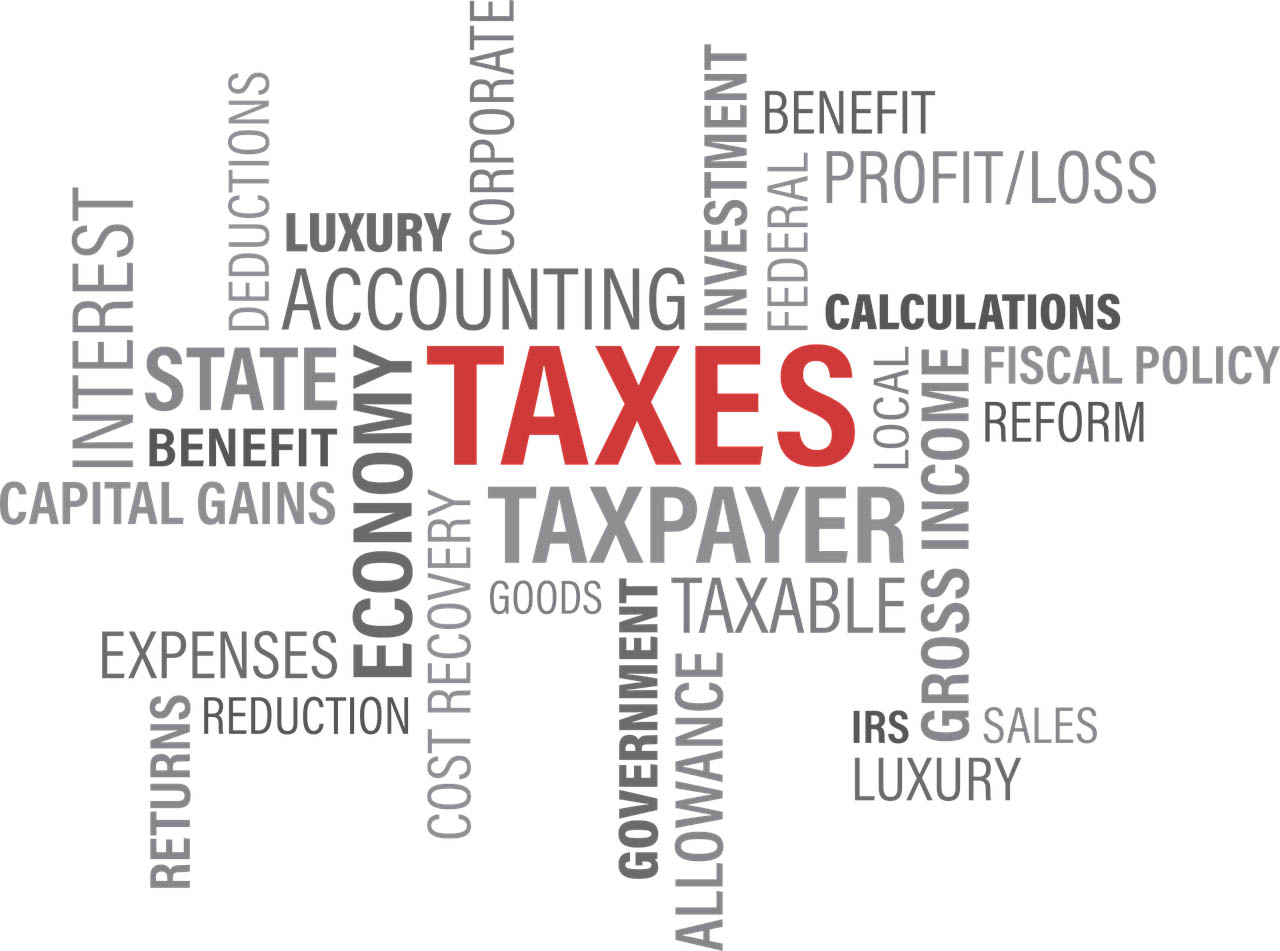Tax compliance is an essential aspect of any business, with sales and use tax making up a large portion of overall tax requirements. However, sales and use tax can get complicated very quickly as each state and local tax has its own rules and nuances. With increased connectivity and remote capabilities, it has become easier …
Read More...Are you hiring? Have you considered the Work Opportunity Tax Credit? Don’t go it alone, call us. A lot of businesses are hiring right now and it pays to consider the Work Opportunity Tax Credit (WOTC). The credit has been extended through 2026 and employers shouldn’t overlook this credit. There are strict certification requirements established …
Read More...Remote work has been a hot topic for the past several years. Since workplaces were strongly encouraged to allow non-essential employees to work from home in 2020, remote work has become an even bigger discussion. As regulations allow companies to bring employees back into the office, many are asking if remote work is a viable …
Read More...Payne Nickles & Company, CPAs is proud to announce the scholarship winners for the 2021-2022 academic years! The annual scholarships are funded through an account established by Payne Nickles & Company, CPAs within the Huron County Community Foundation, and are available to any second, third, fourth or fifth year accounting major in Erie, Huron or …
Read More...Earlier this year, the American Rescue Plan (ARP) was announced, including some temporary updates to the child tax credits available for many parents. Under the ARP, eligible parents of dependent children can take a tax deduction of up to $3,600 per child, depending on the child’s age and household income. Part of this tax deduction …
Read More...Buying property and selling after it’s appreciated is a wealth-building strategy that has been around for centuries. It’s even better if that property can make you money, say through rental income. If you’ve been considering allowing short-term vacation rental contracts for your properties, or if you’re already allowing them, keep reading. The following article will …
Read More...Cryptocurrency, a type of virtual currency that utilizes cryptography to validate and secure transactions digitally recorded on a distributed ledger, such as a blockchain, has been on the rise over the past several years. Approximately 14 percent of Americans own at least one share of virtual currency. Therefore, it’s essential to understand the tax implications …
Read More...The last few years have afforded quite a few changes in how the IRS allows businesses to handle meal and entertainment costs in relation to their taxes. The 2018 Tax Cuts and Jobs Act (TCJA) eliminated deductions for most business-related entertainment expenses. Since the pandemic, the IRS has temporarily changed the tax-deductible amount allowed for …
Read More...For 2021, the Child Tax Credit is up to $3000 per qualifying child between the ages of 6 and 17 at the end of 2021 and $3600 per qualifying child under age six at the end of 2021. There are income limits and phase out income levels for the tax credit. Tax filers can get …
Read More...As a business owner, increasing sales can be a great mood lifter. But what happens if you get a large order and have no way to pay for the supplies? Sales doesn’t always equal immediate cash in hand, which can put a strain on your business accounts and your ability to deliver on time. Below, …
Read More... Home
Home Sign In
Sign In Make a Payment
Make a Payment Search
Search











